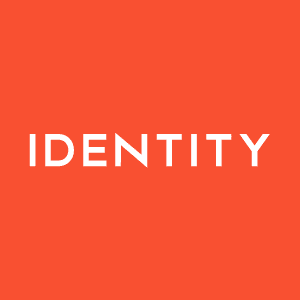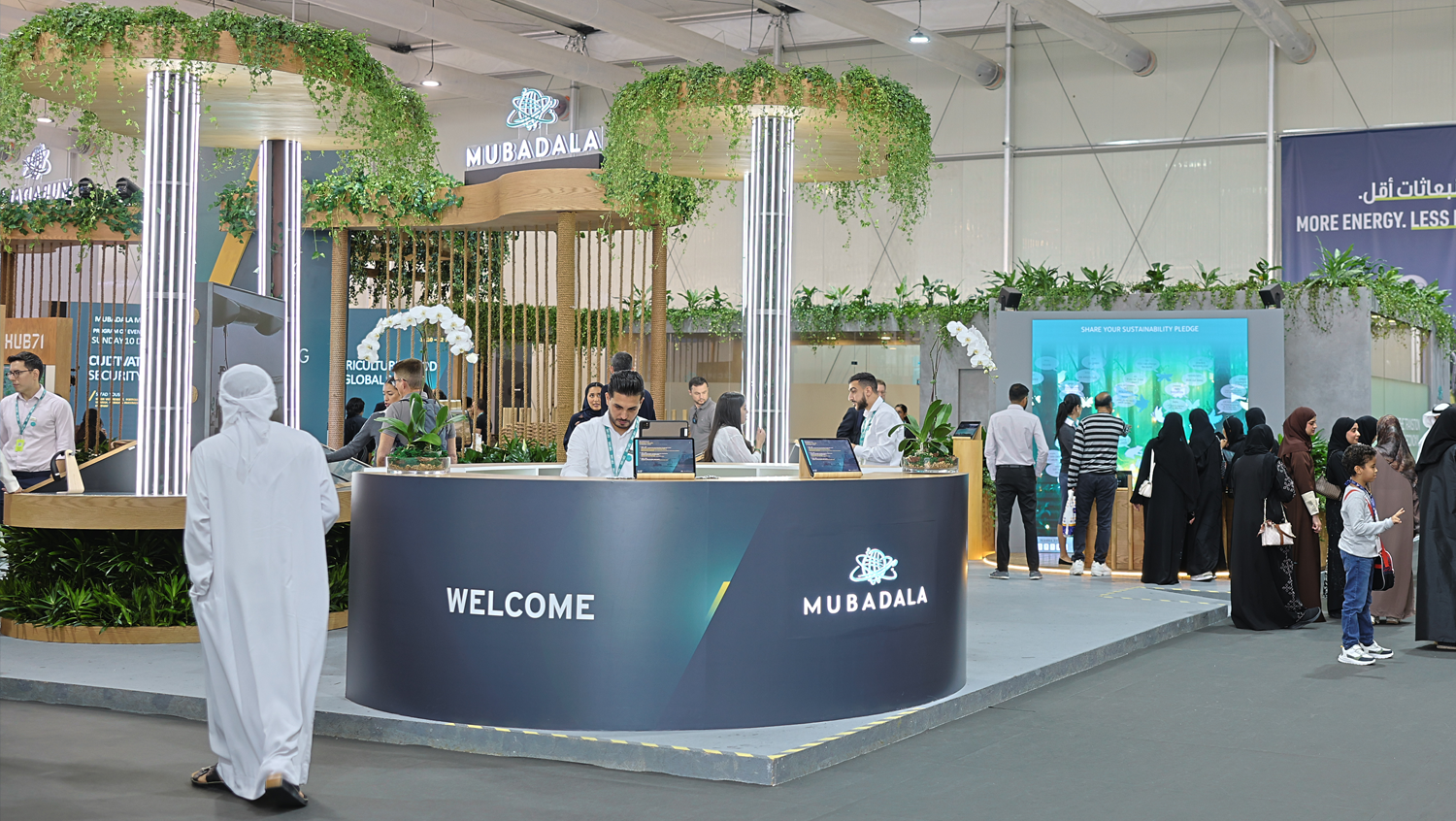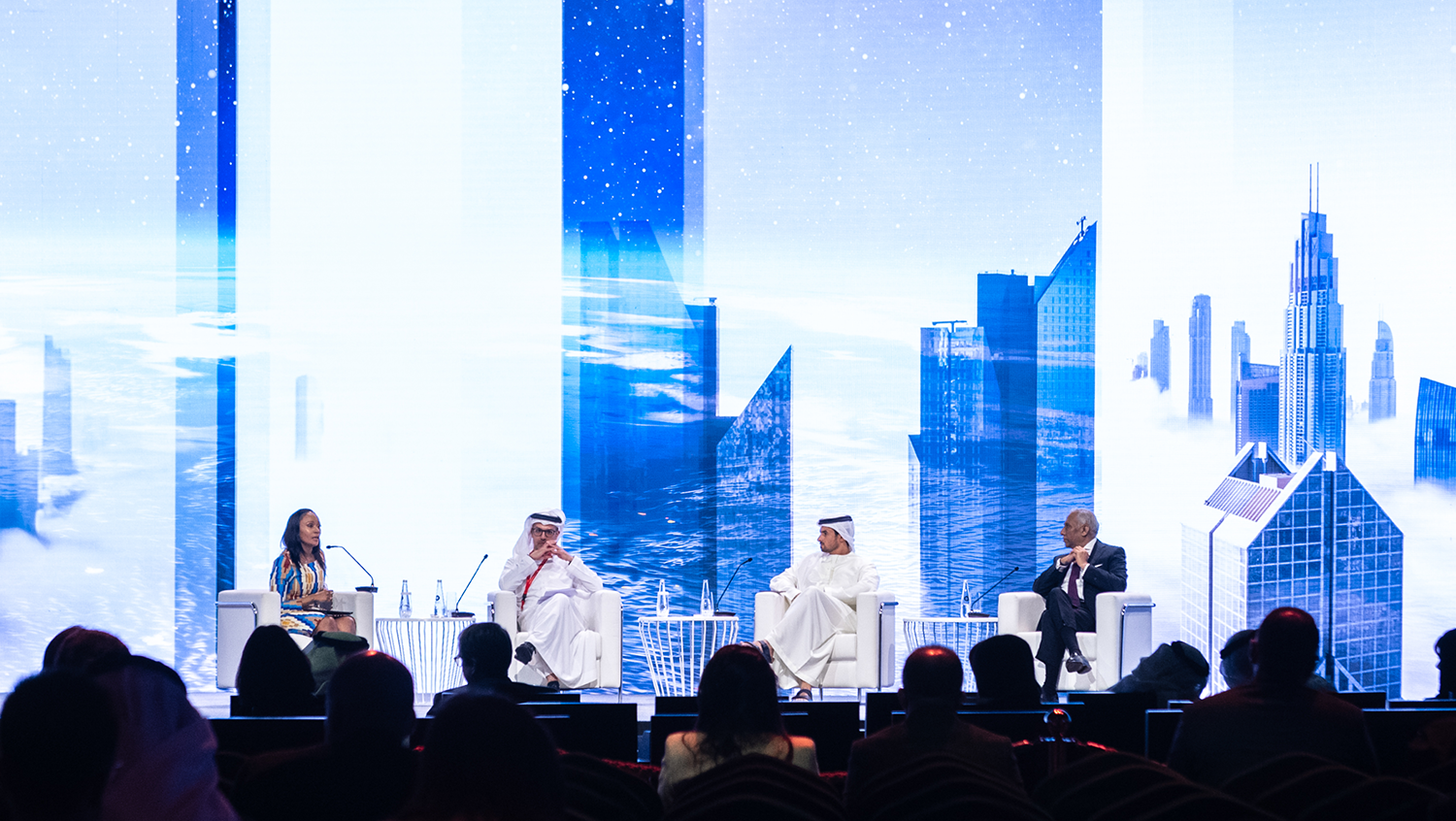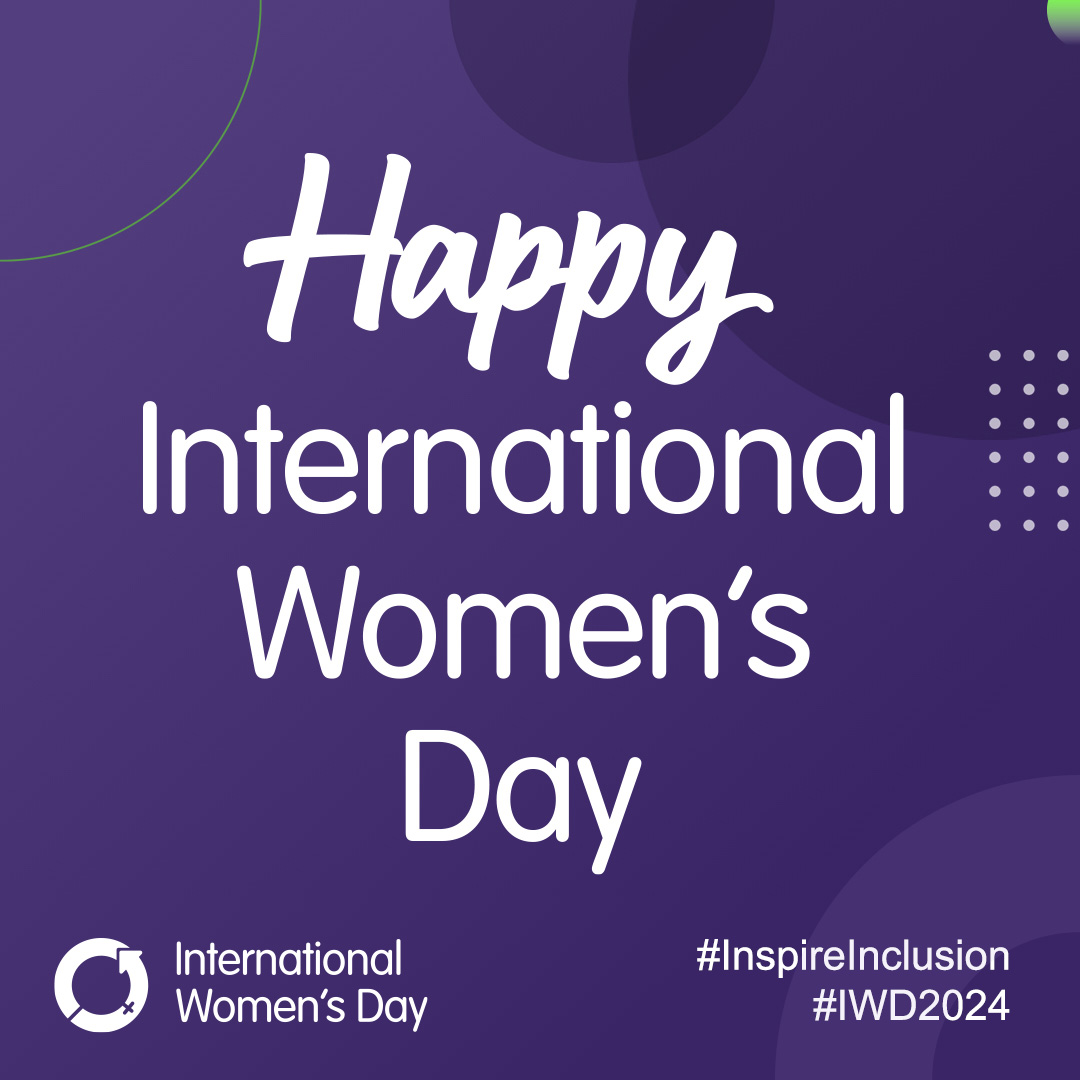How To Use Digital To Maximise Your Event
Have you thought about how you can utilise social media and other digital platforms to enhance and promote your event? If the answer is no, then I suggest you do! The world of social is gigantic now, there are currently 393 million active social media users in Europe alone! Your event could really take advantage of using this huge audience on social media and other digital marketing platforms. Attendance, engagement and general buzz can all be boosted by using a few different practices. Read on to find out how.
Break it down: First – It’s helpful to break your digital marketing strategy for your event down into 3 parts, BEFORE, DURING and POST EVENT. Content throughout these timeframes should be carefully planned to keep your audience on their toes and to also make you look responsive, engaged and exciting!
Before your event:
Get your website in place: this can either include updates to your existing site or the creation of a microsite for the sole purpose of pushing your event. This will work as the hub of your digital marketing campaign and should be used to:
- Share relevant information
- Announce and promote sponsors
- Announce and promote exhibitors
- Collect data
- Drive registrations to the event
- Announce any event competitions
- Include links to social media pages
Get your event on social media:
Pick platforms that you see working best for your target audience. If you only use one platform for your event, make it Twitter as it is great for live events, real time updates and not forgetting the use of hashtags. Social media should be used to:
- Promote the event
- Establish & promote event hashtag
- Drive awareness, engagement and footfall
- Liaise with/ promote sponsors/ exhibitors/ key delegates
- Share relevant content
- Build followers
- Drive registrations by using cost per click
Use your existing email databases: Email platforms such as Mailchimp provide you with the opportunity to create great looking emails. You should use email marketing to:
- Promote the event
- Establish & promote event hashtag
- Promote sponsors and exhibitors
- Drive awareness, engagement, registrations & footfall (include a call to action)
- Share relevant content (if you have any blogs about the event they would work well)
- Boost overall audience
During your event:
Use your chosen and established social media platform(s) to:
- Update content in real time
- Share timings, news, photos, interviews and quotes
- Promote use of the hashtag
- Promote sponsors and key delegates
- Expand overall reach of event
Go live: with platforms such as Periscope & Facebook Live no one has to miss your event! Use it to:
- Stream key note speakers, seminars and talks
- Stream interviews and activities
- Anything exciting going on around you
Deliver an online competition: who doesn’t like winning free stuff? Get attendees talking about you by giving them the chance to win something! This will also help to:
- Engage and interact with attendees
- Gain new data capture
- Create a social media wall at your event to:
- Display (approved) tweets
- Promote the event hashtag
- Create buzz around the event
- Encourage engagement
After your event:
First and foremost, thank your attendees, sponsors, key speakers and delegates!
Repurpose content which has been shared before and during the event into:
- Tweets
- Facebook posts
- Blog posts
- Email newsletters
- Imagery
- Infographics – using key data from event.
- Video – share a time lapse video showing busy times during the event.
Find out what worked well at your event that you can take forward to future events by:
- Analysing your social media metrics – all your social media posts and cost per click ads would have generated helpful data.
- Ask for feedback – what did your attendees enjoy most, what would they have liked more of?
Conclusion
Harnessing social media’s power is highly advantageous for any event. You can drive awareness, boost registrations and raise the profiles of your sponsors. It is a tool that definitely should not be overlooked, if anything, it should be one of your priorities!
Create an event specific landing page on your website, rich with event specific content, giving the user everything they want. Create email marketing funnels specific to the event and drive traffic to your landing page. Make digital a part of your next event by incorporating LIVE social media updates on your stand. Everything you learn from your initial strategy can be taken forward more effectively to future plans. It is better to do a little well than a lot poorly.








